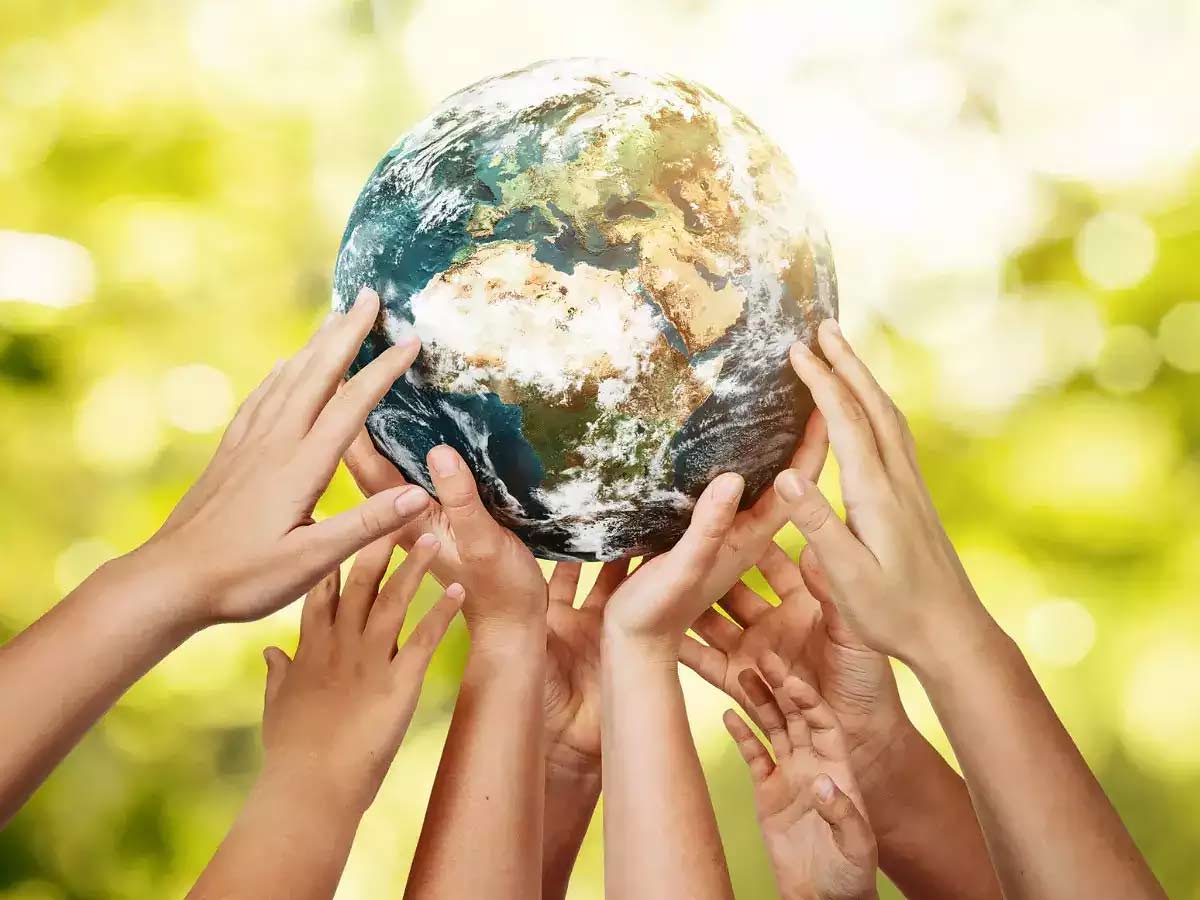WHAT IS CLIMATE CHANGE?
Climate change is a general word that can apply to both the causes and the results of changes in the Earth’s climate at local, regional, and global stages. The term “climate change” has become most commonly used to refer to changes in the Earth’s climate that have been primarily caused by human activity since the pre-Industrial period (around 1850 onward), particularly the burning of fossil fuels and the clearing of forests, which has caused a relatively rapid rise in the amount of carbon dioxide in the atmosphere.
Visible Impact of Climate Change
Higher average temperatures

This seemingly insignificant but significant increase in the global average temperature means that each summer, we are likely to suffer more intense heat waves. Even local television meteorologists are beginning to link stretches of record-breaking days to new long-term trends, which are particularly worrisome in areas where housing and infrastructure weren’t constructed with warming temperatures in mind. Furthermore, heat waves are the main contributor to weather-related mortality in the US, making them more than merely uncomfortable.
Persistent droughts
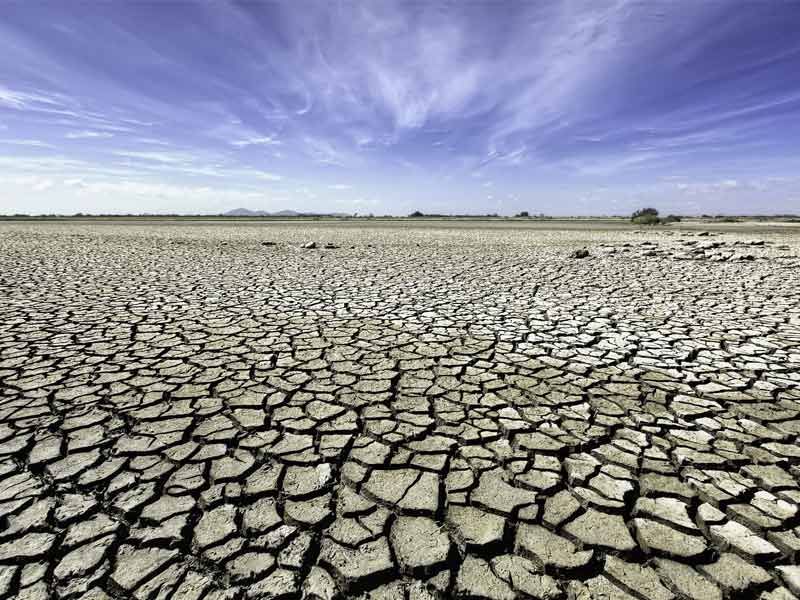
Droughts become more severe and widespread as a result of hotter temperatures because they speed up the pace at which water vaporizes from the atmosphere. The American West is currently experiencing a catastrophic “megadrought” brought on by climate change, which is the driest 22-year period ever recorded in at least 1,200 years. This drought is reducing drinking water supplies, withering crops, and increasing the vulnerability of forests to insect infestations. In a positive feedback loop, drier soil and less plant cover can speed up evaporation in a drought.
More intense wildfires
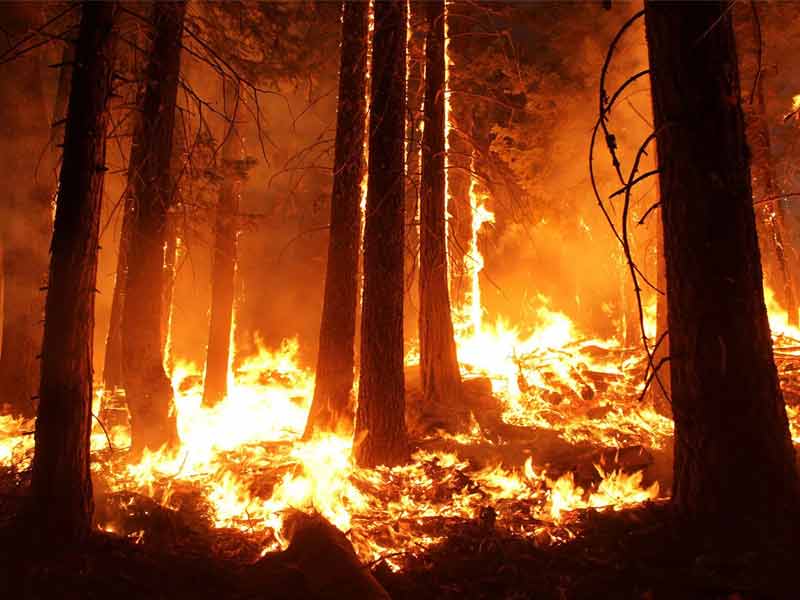
A million more houses and lives are at risk due to the circumstances brought on by this drier, hotter climate, which also fosters more destructive wildfire seasons with flames that spread more quickly and burn longer. Between 1984 and 2015, there were twice as many major wildfires in the western United States. Additionally, only in California, between 1972 and 2018, the yearly area scorched by wildfires climbed by 500%.
Stronger storms
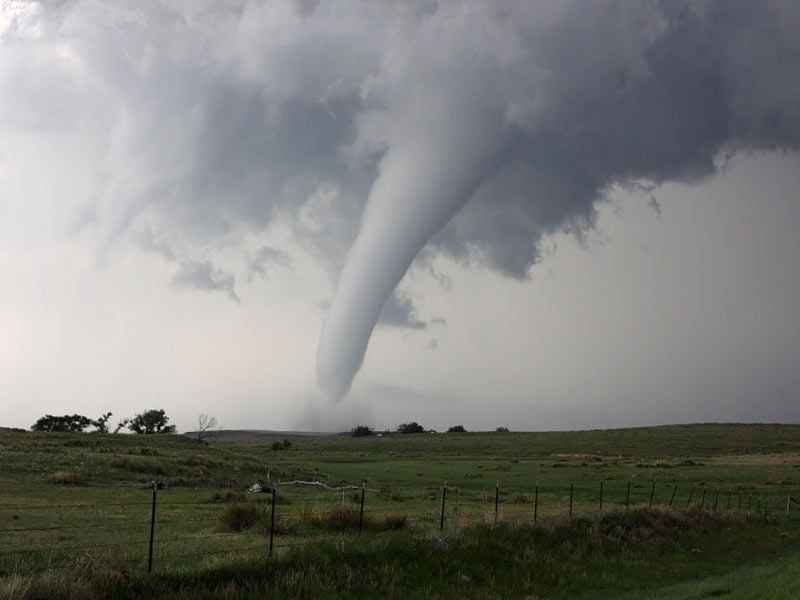
Tropical cyclones are wetter, stronger, and more capable of rapidly strengthening because warmer air contains more moisture. According to the most recent assessment from the Intergovernmental Panel on Climate Change (IPCC), the risk of floods would rise by around 7% for every degree Celsius of global warming if daily rainfall during intense precipitation events increased. It is also anticipated that more powerful Category 4 and 5 storms would occur more frequently. In 2017, the Houston region was devastated by Hurricane Harvey, a Category 4 hurricane that poured a record-breaking 275 trillion pounds of rain and left hundreds of people dead.
Melting sea ice
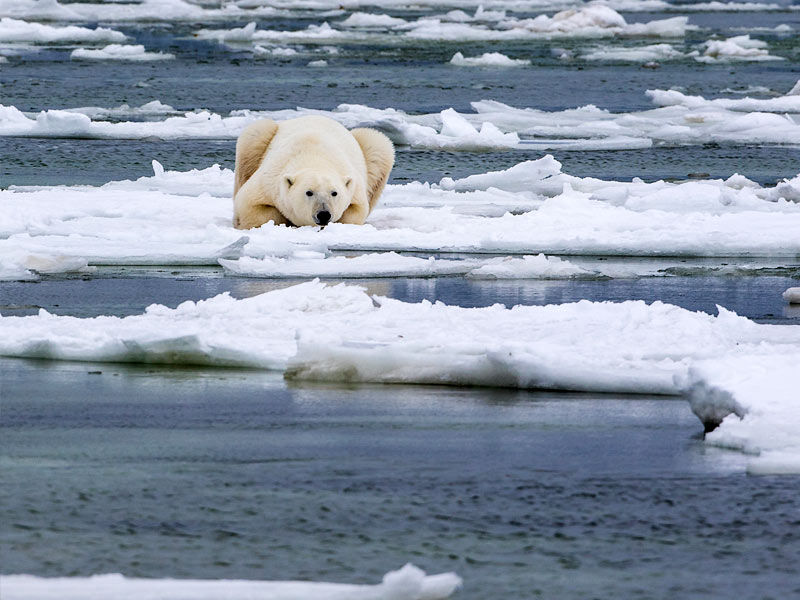
The poles, which are the world’s coldest locations, are where the consequences of climate change are most noticeable. The Arctic is warming up twice as quickly as the rest of the planet, which is causing the northern ice sheets and glaciers, which store enormous amounts of water, to rapidly melt. A positive feedback loop accelerates sea ice melting as darker ocean waters that absorb more sunlight become visible when sea ice melts. The Arctic may be completely ice-free in the summer in just 15 years.
Sea level rise
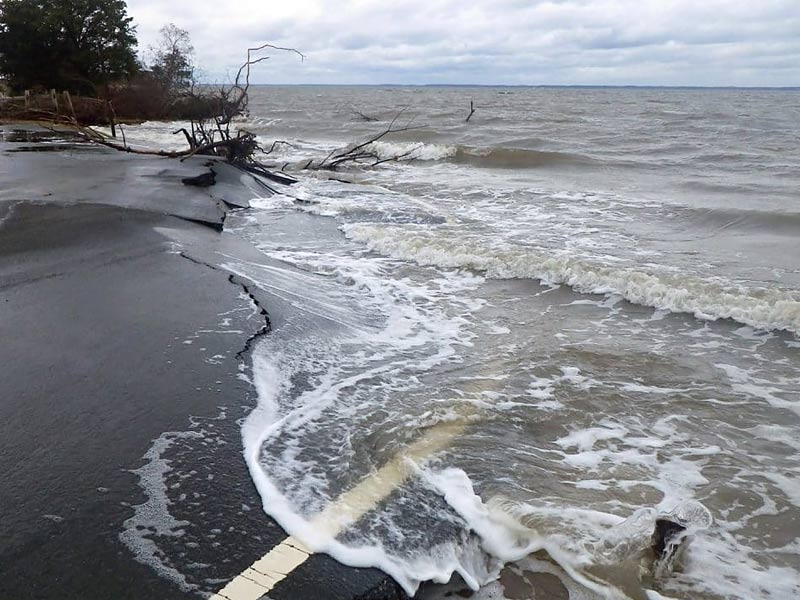
If emissions are not reduced, sea levels could rise by as much as 3.61 feet by the end of the century due to melting glaciers and sea ice, as well as the volume expansion of warmer water. Low-lying areas, especially island nations and heavily populated coastal cities like New York City and Mumbai, would be destroyed by the degree (and velocity) of this transformation.
Food shortages

In the end, changes to our agricultural systems directly jeopardize the world’s food supply. Additionally, not everyone will be equally impacted by food shortages and price increases brought on by climate change: While possibly billions more people will be plunged into food insecurity—adding to the billions who now have moderate or severe problems obtaining enough to eat—wealthier individuals will continue to have greater alternatives for procuring food.
Also read: Extrapolations: The Climate Change Drama On Apple Tv Plus Is A Star-Studded Slog
Economic impacts
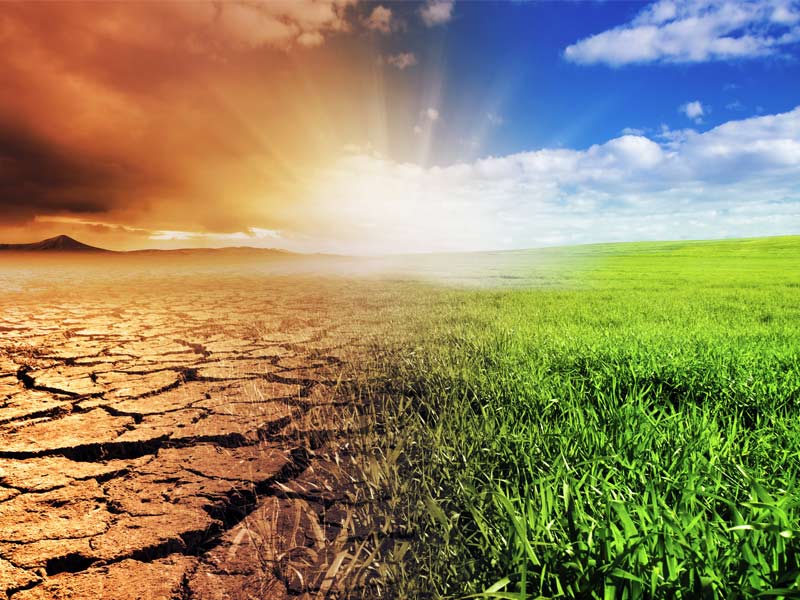
According to the 2018 National Climate Assessment, if nothing is done, climate change might wind up costing the American economy $500 billion year by the year 2100. And even then, its profound effects on human health are not even mentioned. The collapse of whole local businesses, including commercial fishing, tourism, and animal husbandry, as well as the financial support they give, is a possibility.





















